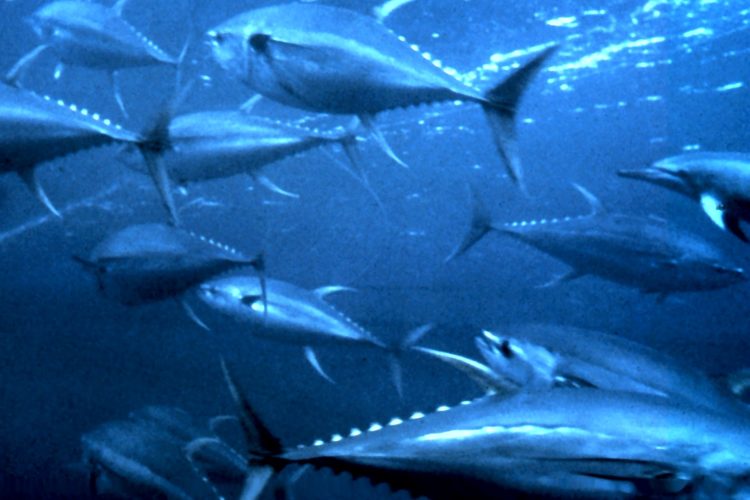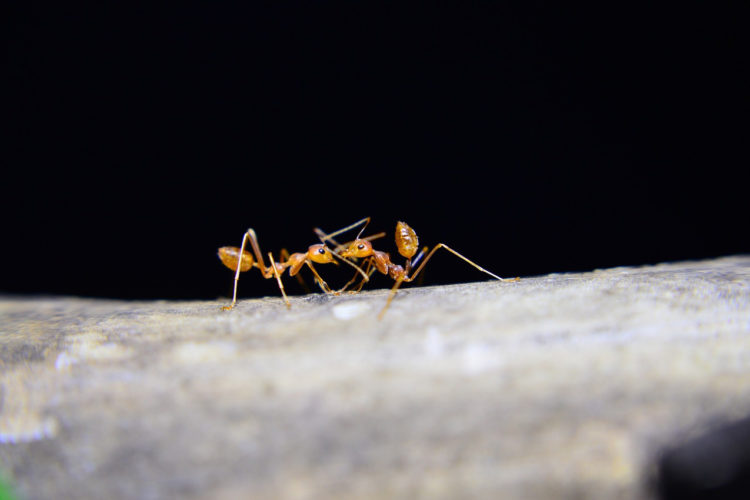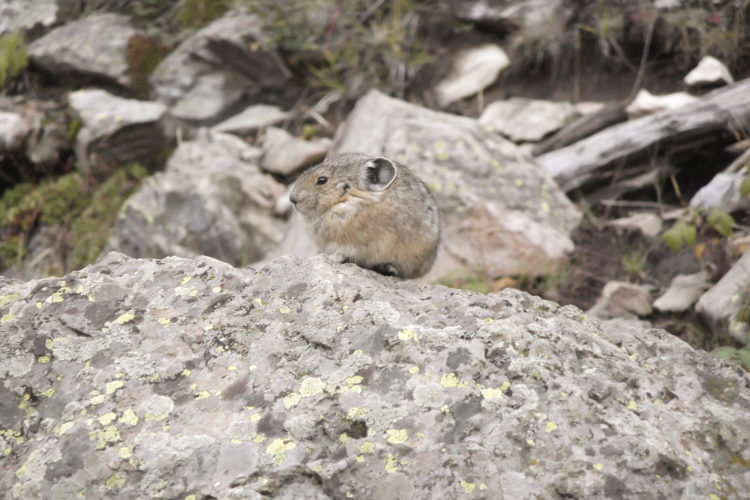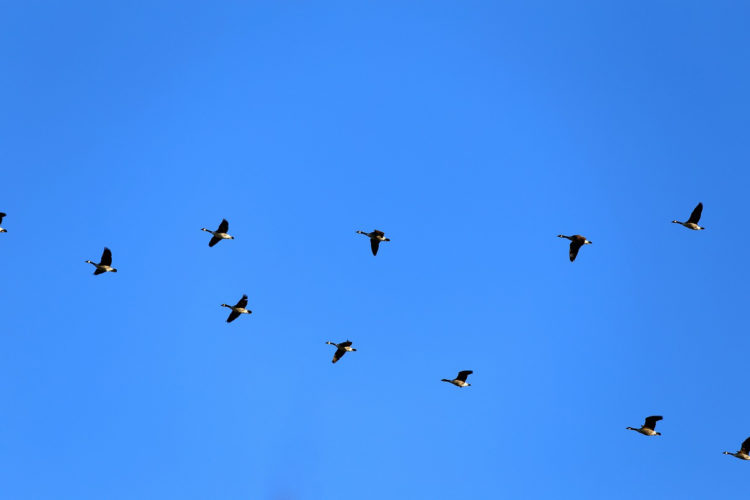We have much more to do and your continued support is needed now more than ever.
Wild Friendships
Friends are beneficial for a multitude of reasons. For people, friends are helpful supporters and listeners, whereas for wildlife, “friends” are more like comrades, sometimes necessary for survival. As this month’s Ranger Rick magazine article Staying Alive describes, “Chances of survival are a whole lot better when you’re just one of many.” In honor of National Best Friend Day today, let’s take a look at some of the wildlife that rely on each other:
Fish

Since today is also World Oceans Day, let’s look at some friends from the sea. Many fish species, such as tunas, mackerels, and anchovies live in large groups known as schools. By swimming together, these fish species’ schools are better protected from predators. With more fish in the group, the group may seem more intimidating to a predator, and there’s a greater chance the predator will be seen before it gets a chance to attack.
Ants

Ants are rarely alone, even if we only see one or two on the sidewalk or in the woods. Ants live in colonies that work together for the good of the whole. Individuals take on different “jobs” such as maintaining the nest, gathering food, taking care of the queen ant, and more. A common misconception is that the queen tasks the ants with their roles, but really the ants decide for themselves. As a unit, ants help one another to survive.
Pika

American pikas protect themselves by living in colonies. Found west of the Rockies, they make dens high up in the mountains. Pikas help one another by sending out warning calls when predators, such as hawks or coyotes, are nearby. They also are territorial, and individual pikas will define their area’s boundaries by giving a territorial call to their neighbors. Even wildlife need to be alone at times.
Geese

We’re all familiar with the V-shaped formation of Canada geese flying above us in the sky. Geese travel together in this formation to help support one another by taking turns providing air resistance for the rest of the team. Each goose has an opportunity to be the leader of the group, but this is a physically taxing role, which is why the geese rotate positions. When a goose gets injured or ill, other geese, if available, will take its spot. Geese also communicate with one another through honking to stay on the same page.
Subscribe NowLearn more about wildlife by subscribing to our award-winning Ranger Rick magazine!






















